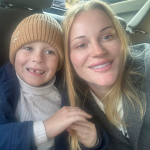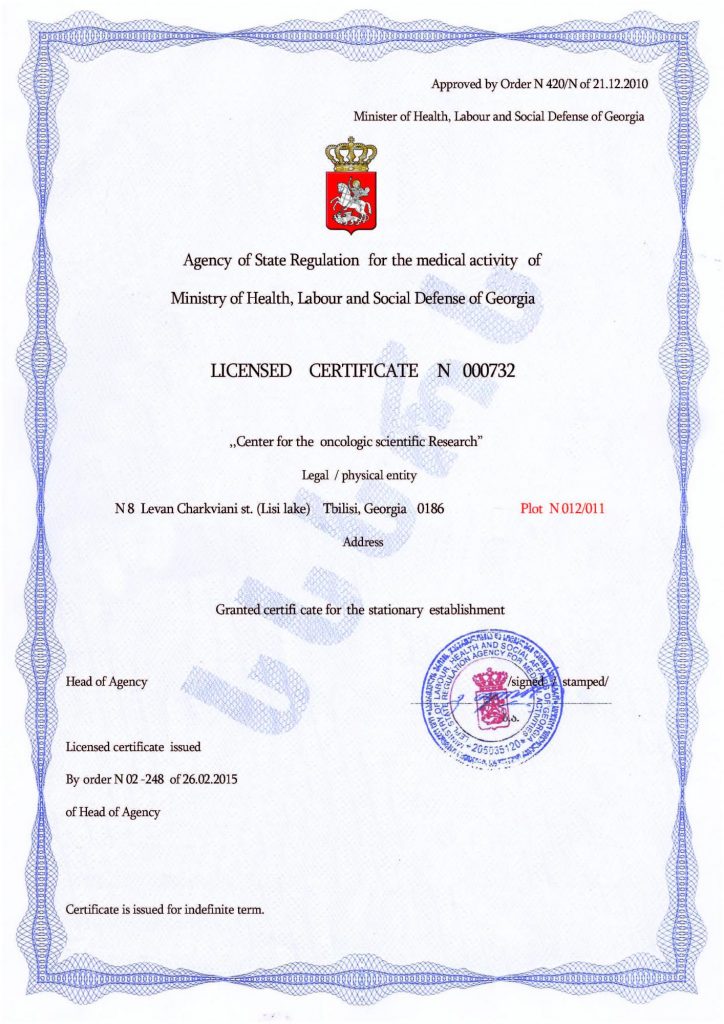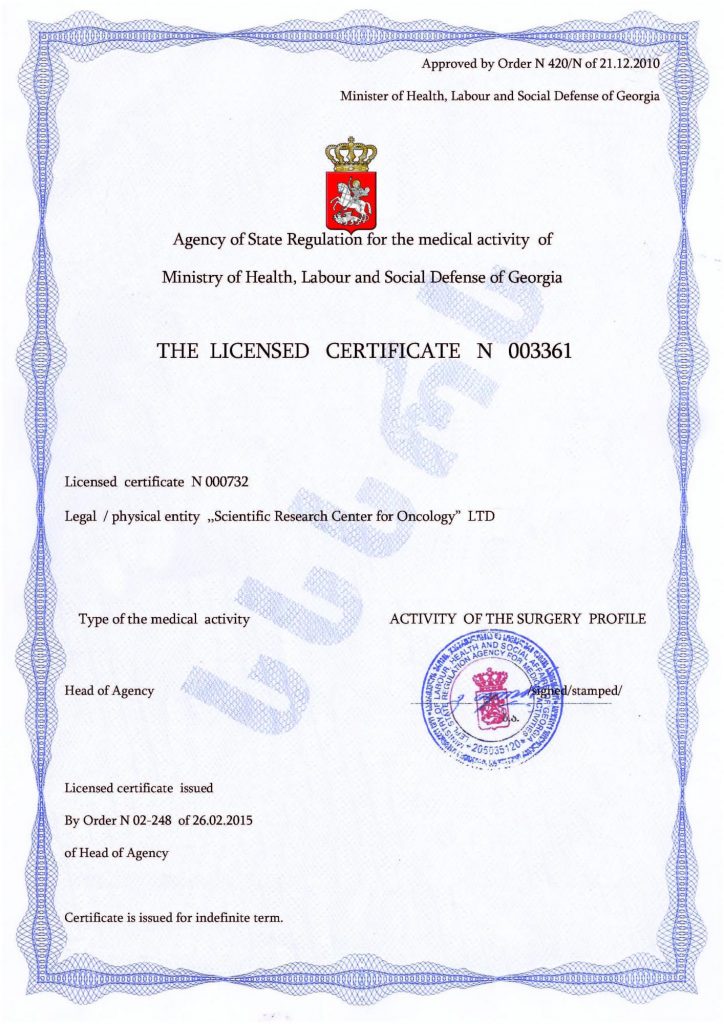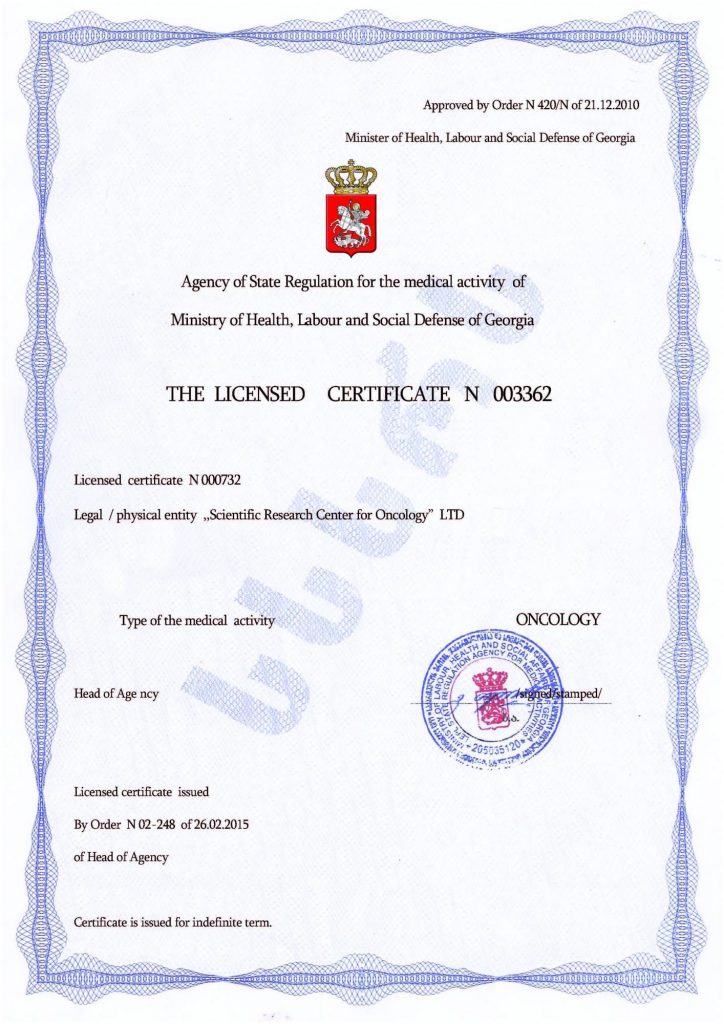Autism and Movement Coordination
Many individuals with autism show uncoordinated movements, even within just the upper limbs. When coordination between upper and lower limbs is required, the situation becomes even more complex. These coordination difficulties in autism can negatively affect learning, social interaction, and daily living.
In general, such challenges are associated with the neurodevelopmental and sensory processing differences characteristic of autism spectrum disorders. However, several specific aspects can be identified where motor function underdevelopment is evident in autism.
Types of Motor Coordination Impairments
Coordination issues can be categorized into two main types: gross and fine motor skills. These problems are often expressed as:
- Difficulties with running, jumping, and maintaining balance
- Clumsiness, frequent falls, or bumping into objects
- Trouble with buttoning clothes, using utensils, or writing
- Awkwardness in handling small objects (e.g., puzzle pieces)
Autistic individuals often need to be explicitly taught motor planning (praxis) because they experience difficulties in:
- Learning new movements (e.g., they may take a long time and not always succeed in learning to ride a bicycle)
- Performing sequences of actions (such as dressing or completing multi-step tasks)
- Sensory integration, especially due to imbalances caused by hypo- or hypersensitivity in the vestibular system and problems with body position awareness (proprioception)
Causes of Coordination Issues in Autism
These issues are multifaceted.
Neurological factors include:
- Differences in the structure and function of the cerebellum, basal ganglia, and other brain areas responsible for coordination
- Impaired neural connections affecting movement synchronization
Sensory differences result in:
- Hypersensitivity to sounds, lights, or tactile input, which can distract from controlling movements
- Difficulties integrating input from multiple senses
Associated conditions often include:
- Dyspraxia (difficulty with motor planning)
- Hypotonia (low muscle tone), which can increase clumsiness
Impact on Daily Life
Such impairments create a wide range of practical challenges. Autistic individuals may struggle with dressing, maintaining hygiene, eating, writing, drawing, or using tools at school. The psychological impact is also significant: autistic children may avoid participating in group games or sports due to fear of failure. This lack of confidence often leads to lower self-esteem and increased anxiety.
Support for Coordination Development
Support for improving coordination in autism can take many forms:
- Occupational therapy
- Gross and fine motor skill training
- Sensory integration approaches to improve balance and proprioception
- Exercises to develop strength, flexibility, and coordination
- Tools with ergonomic grips
- Visual prompts to guide step-by-step actions
- Reducing sensory overload in the environment
The earlier these interventions begin, the better the outcome. However, their effectiveness may be limited as long as the root cause — autism — remains unaddressed.
Cell Therapy as a Breakthrough Approach
Although autism cannot yet be fully cured, the most effective and rapid way to reduce its symptoms today is through cell therapy. This technology, developed relatively recently, has already gained widespread recognition and may become a leading method for addressing autism and its symptoms.
Cell therapy involves the transplantation of stem cells — the body’s basic building blocks — which can transform into any other type of cell and replace damaged cells with healthy ones.
This process quickly triggers a series of positive changes that accelerate overall development. The brain begins to correctly process incoming information, the nervous system stabilizes, behavior becomes more predictable, and autism symptoms lessen or even disappear entirely. These improvements are long-lasting and, in many cases, permanent — greatly enhancing the effect of other therapeutic interventions.
Cell therapy is safe, as the transplanted cells are taken from the patient’s own body, eliminating the risk of immune rejection. It is also minimally invasive and highly natural, relying on the body’s own regenerative potential.
The advantages of this method have been widely acknowledged. Today, it is used in leading clinics around the world, including the Mardaleishvili Medical Center, which has extensive successful experience in stem cell transplantation. The use of cutting-edge equipment allows for the most positive therapeutic results.
Treatment is more affordable than in many other countries with advanced healthcare systems, while meeting the highest global standards. In addition, the clinic offers support with travel arrangements and logistical questions, including accommodation during the rehabilitation period.
Cell therapy — the optimal way to overcome autism and its symptoms!
Autism Treatment Center Videos
Autism treatment with own stem cells
Cord blood association congress
International Quality Crown
Autism Treatment Reviews
Autism treatment with own stem cells
The story of Alessandro (6 years old)
Autism Patient Testimonial - Stem Cell Treatment
Clients Testimonials

Review by Anastasia, mother of Yusup (8 years old) Read More

Feedback from Nathalie, mother of Andre (9 years old) Read More

Feedback from Yulia, mother of Emily (7 years old) Read More
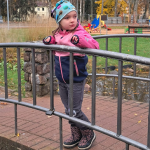
Feedback by Everita, Katrina’s mother (5 years old) Read More
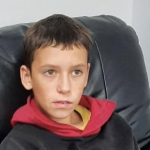
Feedback from Igor, David’s father (12 years old) Read More
